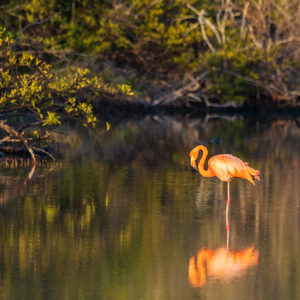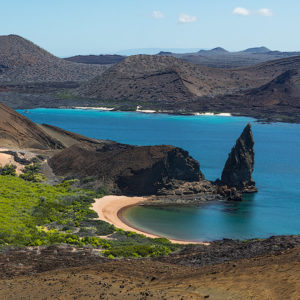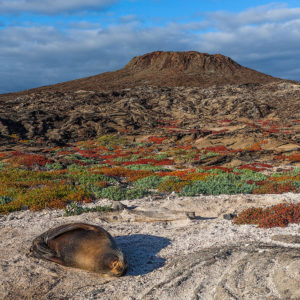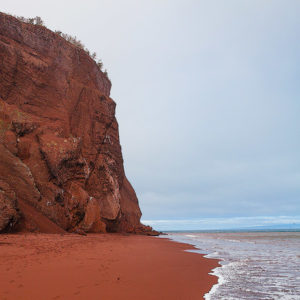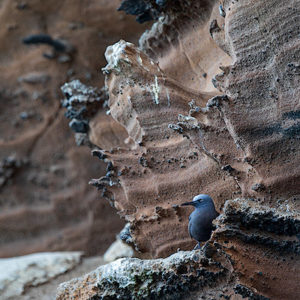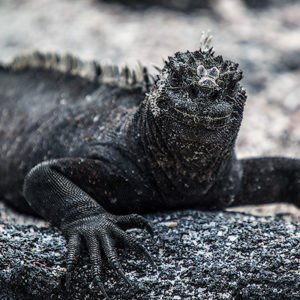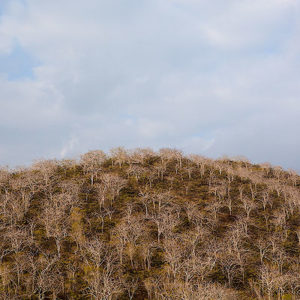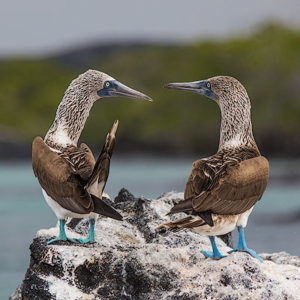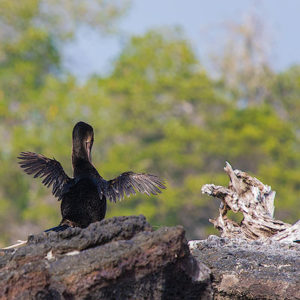Galápagos – Playa Las Bachas
The trip to the Galápagos Islands not only allowed us to enjoy the unique natural ecology of the islands in comfortable conditions, but also allowed us to understand Darwin's theory of evolution in a more sensible way. The world is a fascinating place to explore!
